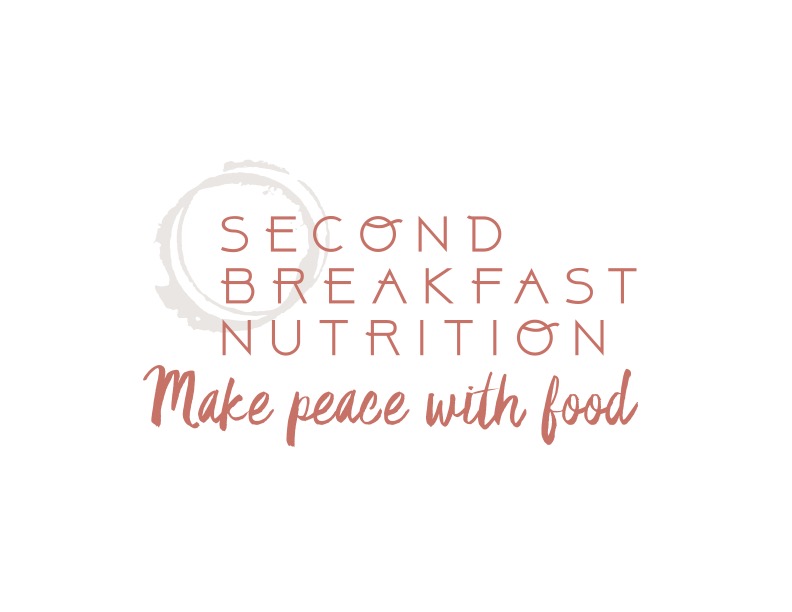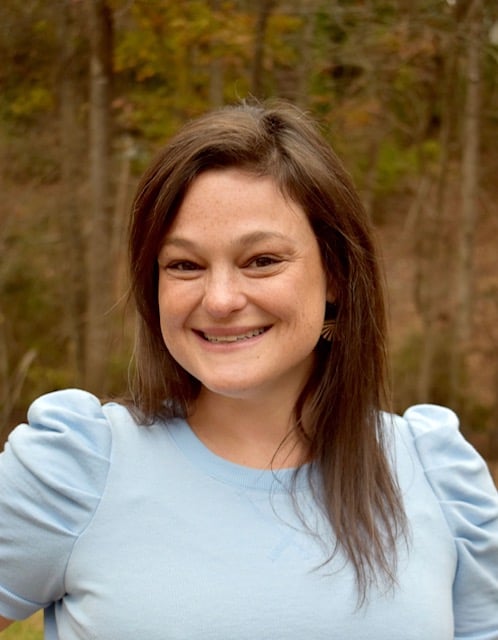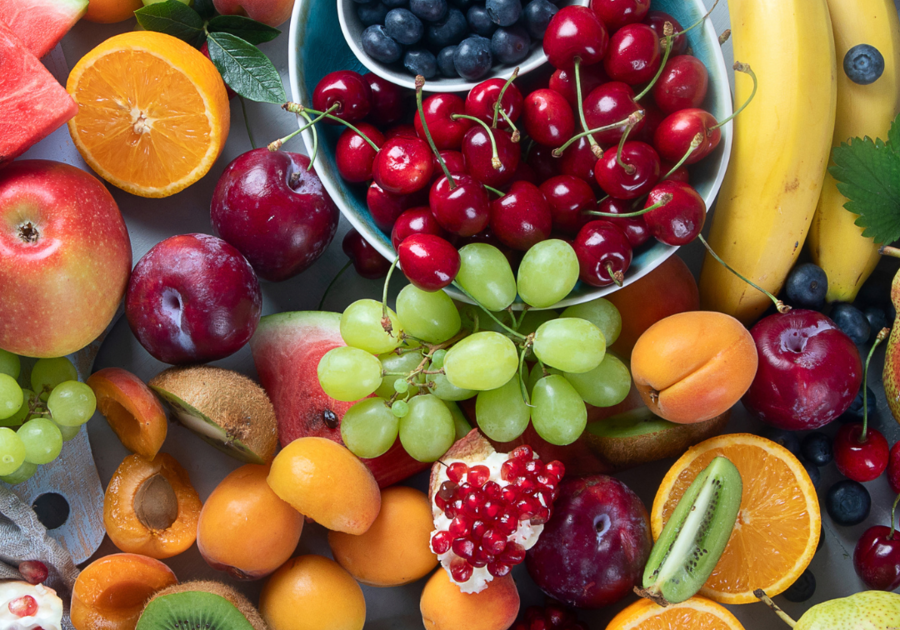I recently learned that September is Childhood Obesity Awareness Month. I find it ironic that we feel the need to devote an entire month to raising awareness of the purported “problem” that is larger bodies. Fears about fatness are a cultural obsession; one can barely make it through the day without multiple reminders that fatness is something to be avoided at all costs. There is literally no one who engages with our culture who is unaware of this messaging, especially people who are fat*. An entire month devoted to awareness-raising seems, frankly, a bit redundant.
As a dietitian who specializes in treating eating disorders, I am intimately familiar with the shame that people - of all ages and sizes - feel about their bodies; we live in a cultural and social media landscape that makes it very difficult to feel confident in one’s own skin. Yet those who live in larger bodies face particular challenges around stigma, oppression and discrimination due to their size. Fatphobia is a real and pervasive problem that many children face, and how we respond as parents matters.
 |
Parents are often made to believe that their kids’ body size is within their control. We feel (and fear) that their appearance is a reflection of our parenting skills. We are told that if we are feeding them the most wholesome foods, the right things in the right way, their bodies will be the “right size”. The reality is that healthy kids’ bodies come in all shapes and sizes!
Weight is a largely heritable trait, and the best research we have to date estimates that weight is about 65% determined by genetics. Research is also clear that weight loss interventions fail for 95% of people of all ages, and that dieting in kids is a primary risk factor for eating disorder development.
There is also a huge toll taken on the parent/child attachment relationship when parents operate out of the assumption that their kids need to lose weight and engage them in weight loss attempts. It sends the implicit message that their acceptability is conditional, and kids come to believe that they will be most lovable only when they have achieved thinness. This can become a form of trauma for some children, with a huge toll taken on self-esteem, self-confidence, and future relationships.
 |
I think one of the reasons parents have become so fearful of fatness in their kids is because we have been taught to believe that fatness is synonymous with poor health. This is simply not true; many fat people are completely healthy, and many thin people struggle with illnesses. The great news is that we as parents can be empowered to feed children our in a way that supports healthy bodies AND minds, without a focus on weight or body size. And there is much we can do to protect them from toxic messaging about bodies that they are most certainly receiving outside the home.
Below are 6 feeding and body image tips that I regularly share with parents of kids who live in larger bodies and are struggling to navigate this difficult parenting landscape
- Follow Ellyn Satter’s Division of Responsibility in Feeding model. Parents are in charge of offering a variety of foods from all of the food groups at regular and predictable intervals. Kids are responsible for choosing which foods to eat, and how much.
- Support kids in learning about their hunger and fullness cues. Help them check in with their tummies and learn the sensations associated with “hungry” and “full”. Trust them to listen to their bodies, and let them learn through trial and error.
- Avoid pressure to eat certain foods, or to join the clean plate club. Instead, model choosing a variety of foods and tending to your own body cues with phrases like “my tummy is feeling full now, so it’s a good time for me to stop”
- Avoid food labels like “healthy” and “unhealthy”…all foods have their place! Kids who develop a good relationship with food and their bodies are likely to choose a variety of foods without pressure, including fruits and vegetables. (There are exceptions to this, like in the case of sensory processing issues that manifest as extreme pickiness. In these cases seeking out a dietitian to work with may be helpful to support individual needs).
- Make sure kids get regular access to “treat” foods such as candy and cookies. Restriction of these foods often backfires, driving obsessing and sneaking. Offering a portion of dessert with dinner every night, and having opportunities to practice with unlimited access, will help make sweets “no big deal”.
- If your child expresses body image distress or discloses that they have been teased about their body size, resist the urge to “solve the problem” through weight loss attempts or dieting. Remember, dieting doesn’t work and is associated with eating disorders! What you can do is give them space to express any emotions they are feeling and let them know you love them unconditionally, no matter their body size.
 |
About Second Breakfast Nutrition
At Second Breakfast Nutrition, we believe that embodiment is at the root of a peaceful and nourishing relationship with food.
Our practice is fully grounded in the Health at Every Size® model, meaning we reject the belief that a smaller body is inherently a healthier or more valuable body. Instead, our team at SBN embraces the understanding that all bodies are worthy of respectful and evidence-based care, no matter their size. In addition to providing sound nutrition education to our clients, we also help them “unlearn” the harmful beliefs and messages they have internalized from a culture obsessed with dieting and intolerant of body diversity. You can find them 1212 Mann Drive, Suite 100 in Matthews or 6302 Fairview Road, Suite 310 in Charlotte. You can also find them on the web.
 |
Annie holds a bachelors degree from the University of Rochester in Brain and Cognitive sciences and has always been curious about why humans think and act the way we do! After years of working in research labs – a role that was ultimately too socially isolating for this extrovert – she returned to school to become a Registered Dietitian. She was drawn to this field because our nutrition practices live at the intersection of human biology, psychology, emotion, culture, and community; how we eat is a window into our humanity. As a traditionally trained RD, she had learned my job was to tell clients how and what to eat, yet found this approach was rarely effective in helping people actually feel better or become more nourished. Discovering non-diet frameworks such as Intuitive Eating and Health at Every Size® opened her eyes to a completely different way of supporting people in nourishing their bodies well, and she realized that my clients hold so much of the wisdom to support their own healing. It is amazingly rewarding work and she's grateful every day to all of her clients who invite me to travel with them on their journeys.
*I note that in this article, I will not be using the term Obesity. The origin of the word “obese” is from the latin “obesus”, literally meaning “having eaten until fat”. It has been adopted by our current medical system to signify that fatness as a disease state, an illness to be cured. It is an inherently stigmatizing and misleading term. In this article I will use the neutral descriptors “fat” or “larger body” instead.



